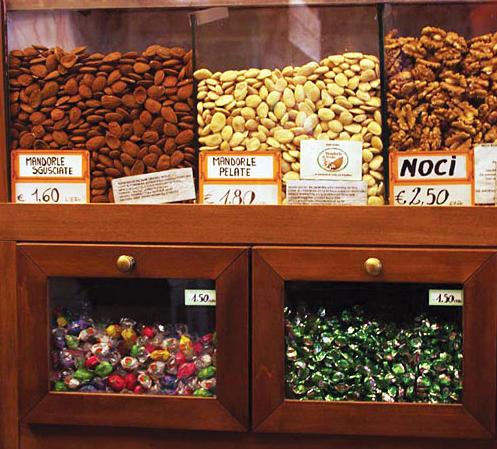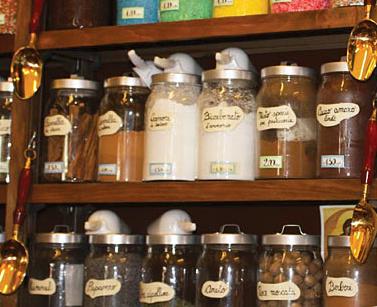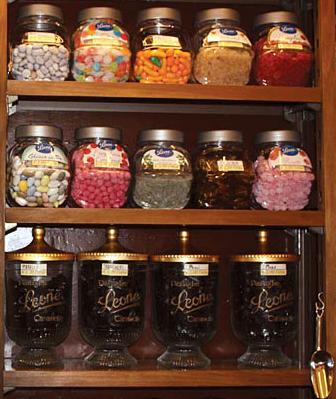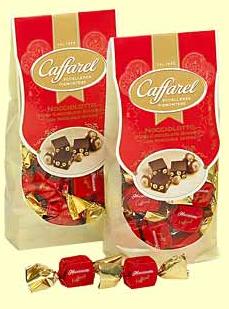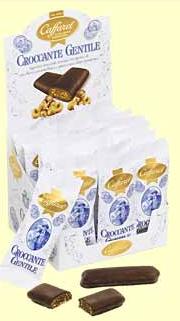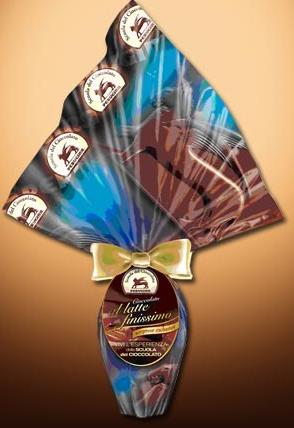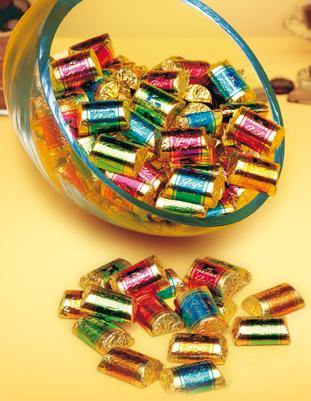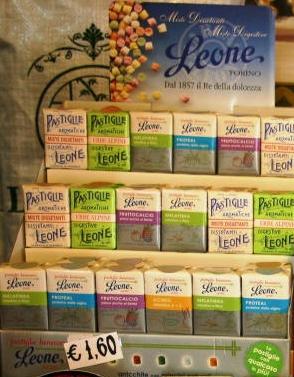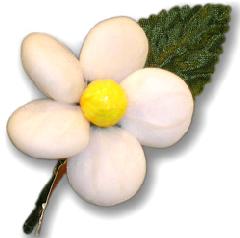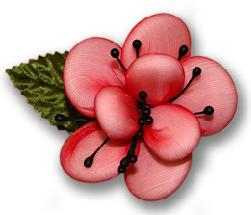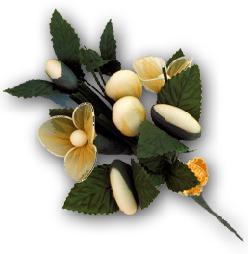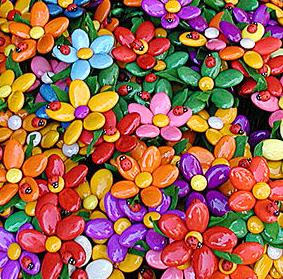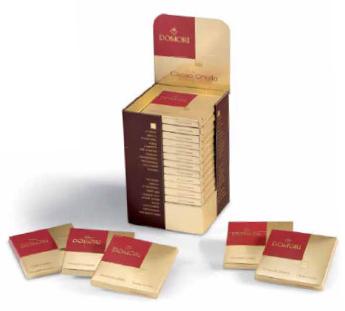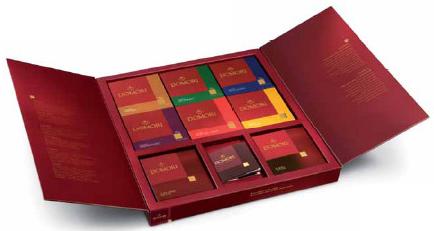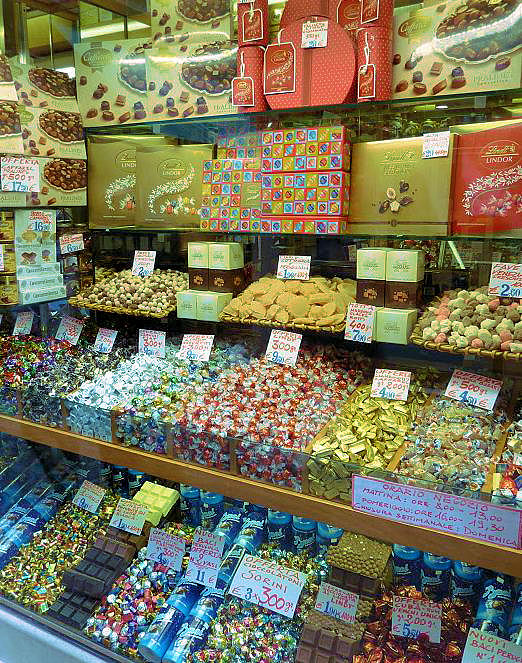|
Early candy shops in Italy were similar to candy shops in other
countries: full of containers loaded with individual candies,
or candied fruit, or individually wrapped chocolates.
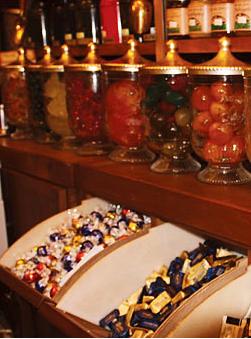
It is only in recent times, that candies have come to be sold in
gas stations, bars, rail stations, tobacconists and supermarkets.
But even today, some of Italy's traditional candies are available,
in Italy, and around the world.
Caffarel Chocolates
In 1852, Caffarel mixed chocolate, sugar and ground
hazelnut paste together to make the mouth-watering Gianduia.
It's been sold world-wide since 1865.

But Caffarel has been in business making chocolate
for much longer than that. In 1826, the factory began
producing chocolate from scratch.
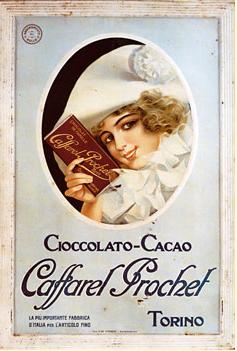
Caffarel is based near Turin, which is considered
the chocolate capital of Italy, partly because it was here at the
end of the 1700s that the first ever solid chocolate candy was
produced by Doret.
Today, you can buy all sorts of delicious chocolates
from Caffarel. Just visit their
website and check out their
Classics.
Perugina
Today, Perugia is also considered a chocolate
center. The
Perugina
factory produces not just chocolates, however, it also produces hard
candies and cakes. In fact, Perugina produces the most famous
hard candy in Italy since 1926: Rossana, a zabaione filled
candy.
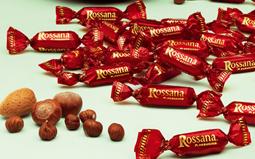
But Perugina is perhaps better known outside of Italy for it's
chocolate kisses: Bacio Perugina. It seems in the early 1920s
when the hazelnut chocolate was first sold, customers liked to call
it a 'fist' or 'punch' (cazzotto)because it looked like a fist.
That's when the company decided to call it a 'kiss' and advertised
it as such.
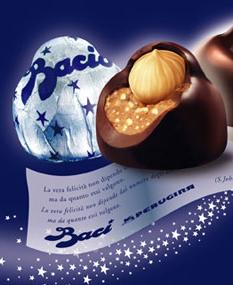
You'll have to visit the
Perugina
website to see all the wonderful products they
make.
Pastiglie Leone
Since 1857, Pastiglie Leone have been sold in
pharmacies, and lately, also in candy stores. They were first
considered medicinal aides, helping in digestion and other common
problems.
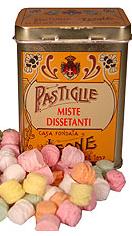
The candies look like compressed powder, but when
they dissolve in your mouth, they taste creamy. The 38 flavors
are original and many still swear by their healthful properties.
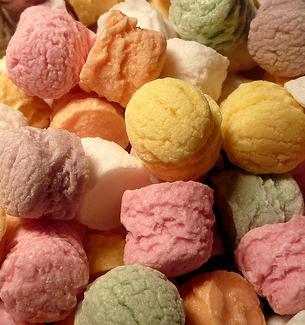
I can't seem to get their
website to work in
English, but you can try it out.
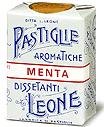
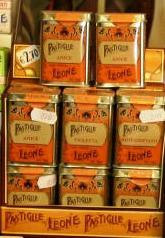
Confetti
Confetti is the name for all the almond shaped
candies used for special occasions. They can be sugar coated
almonds, or just candies shaped like almonds.

The candies originated from Arab doctors who used
them to administer powdered medicines to patients way back in the
Middle Ages.
The Italian capital of confetti production is the
town of Sulmona in Aquila. Here's a
website
with an English interface that ships the candies around the world.
And another with a
video that shows the artistic use of the candies. And the
Pelino company, active since 1783, has a nice
website full of
information. If you are in the U.S., they have an
exclusive distributor there.
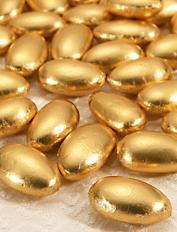
But just search in Google for 'confetti sulmona' and
you get a long list of artisanal factories, many selling their
products online.
The various colors are associated with different
occasions:
- White: weddings (only for the first
marriage, yellow for the second), confirmations
- Blue or Red: baptisms
- Green for engagements
- Red for graduations and birthdays
- Pink for the Cotton Anniversary (1 year)
- Purple for the Silk Anniversary (5 years)
- Yellow for the Tin Anniversary (10 years)
- Beige for the Porcelain Anniversary (15
years)
- Bright Yellow for the Cristal Anniversary
(20 years)
- Silver for the Silver Anniversary (25 years)
- Sea Blue for the Pearl Anniversary (30
years)
- Blue for the Safire Anniversary (35 years)
- Green for the Emerald Anniversary (40 years)
- Red for the Ruby Anniversary (45 years)
- Gold for the Golden Anniversary (50 years)
- Ivory for the Ivory Anniversary (55 years)
- White for the Diamond Anniversary (60 years)
and all anniversaries not mentioned above
Many of the confetti sellers make beautiful confetti
flowers that can be used for edible decorations for special events,
or even as a bouquet that will last forever.
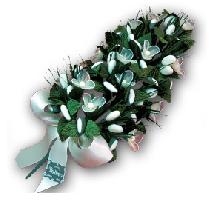
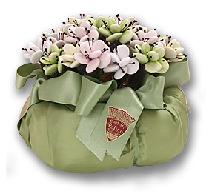
Domori Chocolate
Domori
chocolate is not an old Italian candy, but the best of the new
candies. Domori is the purest, most flavorful chocolate in the
world, the choice of top patisserie chefs the world over, and
chocolate fanatics, too.
Started by Gianluca Franzoni (a.k.a. Mack Domori),
and since financed and marketed by Illycaffe, Domori sources its
chocolate beans primarily from Venezuela because that's where they
were
was able to find the rarest and best quality beans: Criollo.
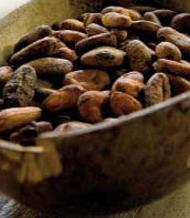
Criollo beans are so rare, they are used to produced
only 1% of the world's chocolates. Trinitario beans are used
for 10% of world production. Forastero beans are used for the
remaining 89%.
Domori chocolates come in variations with Criollo
and Trinitario and Arriba chocolate, almonds, hazelnuts, mint
and candied ginger bits. The rarest treat they sell is the
fermented, roasted, shelled, chocolate bean itself. Their
newest line is an energy bar.
(I'll be adding to this page as I come across more. Candida)
|


